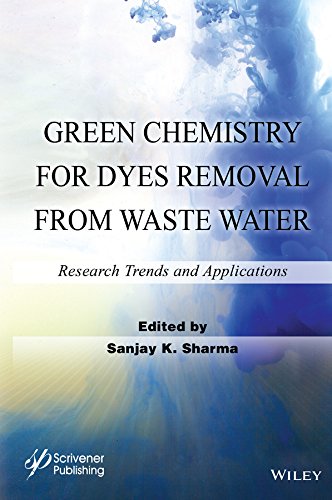

Most ebook files are in PDF format, so you can easily read them using various software such as Foxit Reader or directly on the Google Chrome browser.
Some ebook files are released by publishers in other formats such as .awz, .mobi, .epub, .fb2, etc. You may need to install specific software to read these formats on mobile/PC, such as Calibre.
Please read the tutorial at this link: https://ebookbell.com/faq
We offer FREE conversion to the popular formats you request; however, this may take some time. Therefore, right after payment, please email us, and we will try to provide the service as quickly as possible.
For some exceptional file formats or broken links (if any), please refrain from opening any disputes. Instead, email us first, and we will try to assist within a maximum of 6 hours.
EbookBell Team

4.0
96 reviewsThe use of synthetic chemical dyes in various industrial processes, including paper and pulp manufacturing, plastics, dyeing of cloth, leather treatment and printing, has increased considerably over the last few years, resulting in the release of dye-containing industrial effluents into the soil and aquatic
ecosystems. The textile industry generates high-polluting wastewaters and their treatment is a very serious problem due to high total dissolved solids (TDS), presence of toxic heavy metals, and the non-biodegradable nature of the dyestuffs in the effluent.
The chapters in this book provide an overview of the problem and its solution from different angles. These problems and solutions are presented in a genuinely holistic way by world-renowned researchers. Discussed are various promising techniques to remove dyes, including the use of nanotechnology, ultrasound, microwave, catalysts, biosorption, enzymatic treatments, advanced oxidation processes, etc., all of which are “green.”
Green Chemistry for Dyes Removal from Wastewater comprehensively discusses: